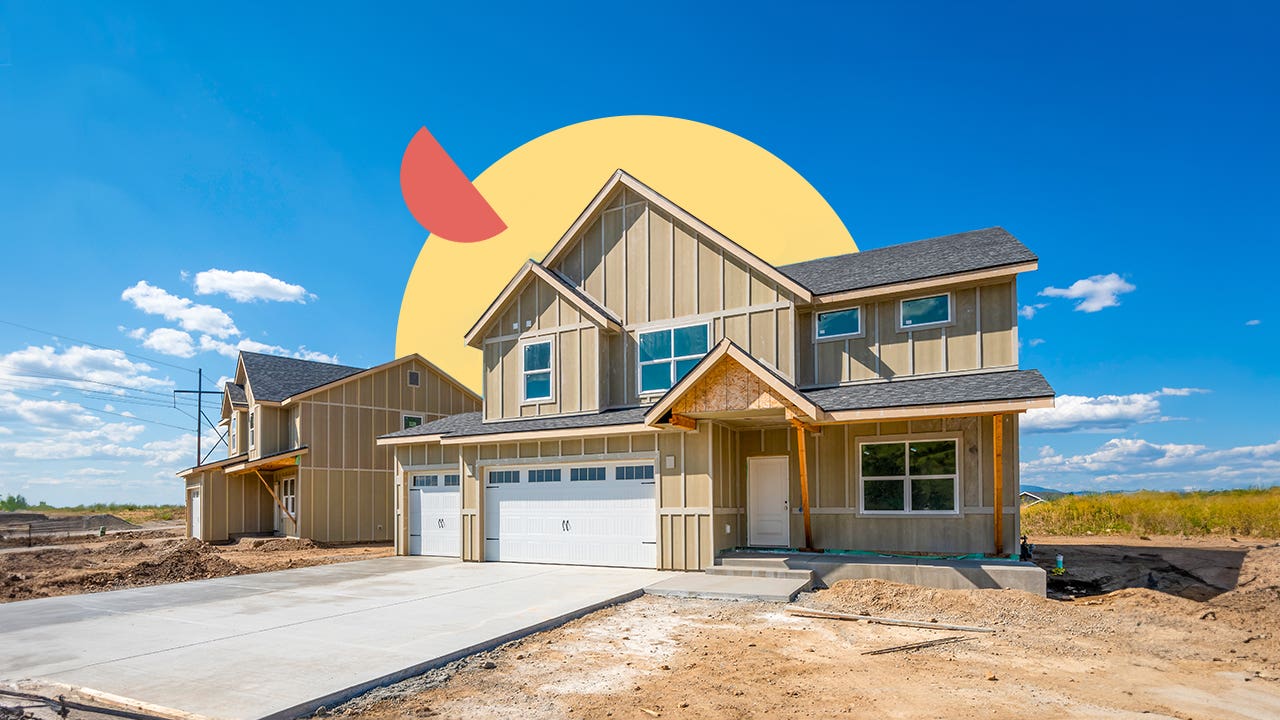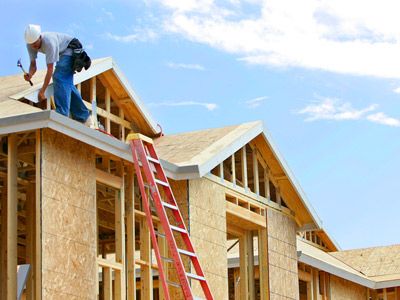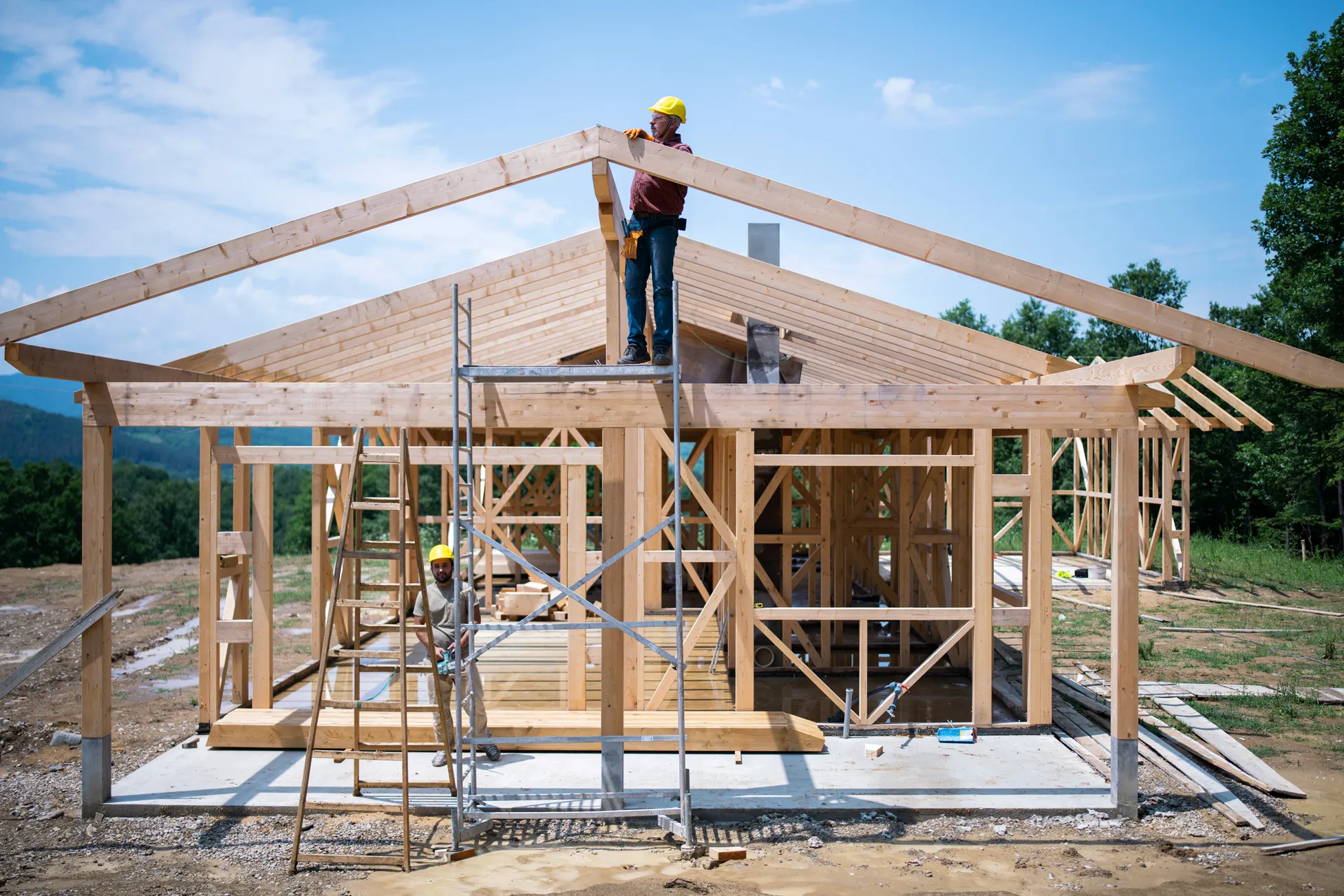Specialist Bathroom Remodeling Indiana for a Lavish and Modern Look
Specialist Bathroom Remodeling Indiana for a Lavish and Modern Look
Blog Article
Just How a General Service Provider Can Change Your Usual Locations Into Useful Rooms
The improvement of usual areas right into practical rooms is a nuanced procedure that needs a general contractor's experience in assessing specific neighborhood requirements and developing tailored remedies. By thinking about variables such as design, access, and aesthetic allure, a professional can create environments that not just serve sensible functions yet likewise foster neighborhood involvement.
Assessing Current Common Area Needs
When examining usual locations, it is vital to recognize and understand the particular requirements of the neighborhood they offer. This procedure starts with a comprehensive evaluation of present use patterns, which includes celebration information walking website traffic, optimal use times, and activities occurring within these spaces. Involving with area participants via meetings or surveys can offer useful understandings right into their preferences and difficulties.
Following, it is very important to take into consideration the group make-up of the area, consisting of age, lifestyle, and any type of unique demands that might influence how these rooms are utilized. Families with young kids may need play areas, while older adults might focus on ease of access functions.
In addition, evaluating the existing framework and services is essential. Identifying locations that are underutilized or in requirement of repair work can inform possible enhancements. Collaborating with stakeholders, such as residential property managers and local companies, makes sure that the assessment mirrors a detailed understanding of the neighborhood's needs.
Inevitably, a careful assessment of current usual location needs prepares for reliable makeovers, enabling for the creation of spaces that cultivate interaction and boost the general lifestyle within the neighborhood.
Designing for Capability and Aesthetics
A thorough understanding of community requires sets the phase for effective layout that balances performance and visual appeals alike locations. Successful layout requires a thoughtful strategy that thinks about both the practical usages of the space and the visual allure that enhances the atmosphere.
Functional style requires developing spaces that deal with the details activities and interactions of the neighborhood. This could include adaptable seating arrangements for events, accessible pathways for people with mobility difficulties, or assigned locations for entertainment activities. Each element should offer an objective while ensuring ease of movement and convenience for individuals.
The selection of colors, products, and lighting can considerably affect the understanding of an area. Furthermore, straightening the design with the area's social identification can promote a feeling of belonging and satisfaction.
Budgeting and Source Allowance
Efficient budgeting and resource allocation are important parts in the successful transformation of typical areas. A distinct budget describes the monetary criteria within which the project must run, making sure that expenses are controlled and resources are properly made use of. This begins with a comprehensive analysis of project demands, including design components, products, and labor.

A basic specialist plays a critical function in this phase, collaborating with stakeholders to develop practical budget estimates that line up with the intended vision. By focusing on important functions and checking out cost-effective choices, the professional can enhance costs without compromising high quality.
Resource allowance involves strategically appointing personnel, devices, and products to different phases of the job (Carmel In Contractor). This requires mindful planning to guarantee and avoid hold-ups that each component is provided in a timely manner. In addition, normal monitoring of expenditures against the budget plan helps to determine possible overruns early, permitting timely modifications
Handling Building And Construction Refine Efficiently
Taking care of the building process efficiently is necessary for accomplishing timely task completion and keeping budget integrity. A well-coordinated approach includes meticulous preparation, clear communication, and effective resource administration. General professionals need to develop an in-depth task timeline that outlines each stage of construction, allowing for the recognition of essential landmarks and potential bottlenecks.
Normal progression conferences are crucial for maintaining all stakeholders notified and aligned. These conferences promote the timely resolution of concerns, making certain that the job stays on track. Additionally, utilizing project administration software can simplify communication, track progression, and manage documents, decreasing the chance of misconceptions and delays.
Efficient resource appropriation is likewise extremely important. By ensuring that materials, labor, and devices are readily available when required, general service providers can protect against costly disturbances. Implementing a positive strategy to take the chance of management further enhances efficiency, as it enables the recognition and mitigation of possible obstacles before they intensify.

Making Sure Compliance and Top Quality Standards
Conformity and high quality standards are fundamental to the success of any kind of building and construction job, ensuring that the finished spaces not only fulfill customer assumptions yet also comply with regulative demands. A general contractor plays an essential function in enforcing these criteria throughout the find building process.
First, it is vital for the service provider to remain updated on local building ordinance, safety and security guidelines, and sector best techniques. This understanding allows them to assist design options and material choices that align with conformity standards. Normal inspections and quality evaluations throughout the construction stage help to recognize possible problems early, reducing pricey hold-ups and remodel.
In addition, a trusted general specialist fosters a culture of quality among employees and subcontractors. This can be attained by giving training on conformity procedures and carrying out stringent quality assurance steps. By establishing clear communication networks, the service provider can you can check here make sure that everybody included understands their responsibilities pertaining to conformity and high quality.
Conclusion
Finally, the duty of a basic professional in transforming usual areas right into useful areas is critical. Via a thorough evaluation of neighborhood demands, thoughtful layout, precise budgeting, and efficient task management, these specialists can produce atmospheres that boost functionality and aesthetic charm. Adherence to compliance and top quality standards better makes sure that revitalized areas not only fulfill the expectations of stakeholders yet also foster involvement and enrich the total experience for all users within the area.
The transformation of common areas into practical rooms is a nuanced process that needs a basic specialist's knowledge in assessing specific community needs and developing tailored services. By considering aspects such as format, availability, and visual appeal, a service provider can create atmospheres that not just offer practical useful link functions yet also foster community interaction. General service providers must establish an in-depth task timeline that outlines each phase of building, enabling for the recognition of potential bottlenecks and vital turning points.

Report this page